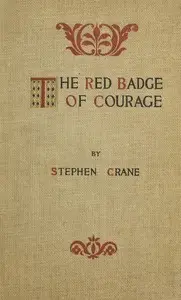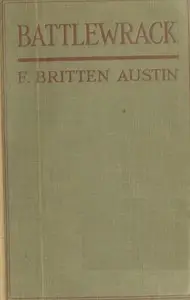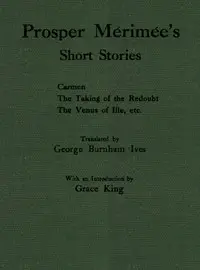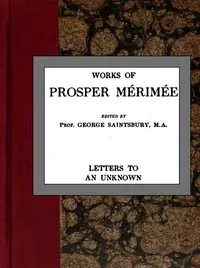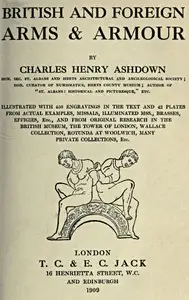"How The Redoubt Was Taken" by Prosper Mérimée, presents the grim realities of war through the eyes of a young soldier experiencing his first battle. Set during a fierce military campaign, the story plunges into the chaos as the soldier joins his regiment on the brink of assaulting a heavily defended Russian fortification. Overwhelmed by fear and the brutal prospects of injury, he finds himself under the command of a tall captain just before the attack begins. Amid the violence, the narrator confronts the horrors of combat, witnesses the death of his captain, and unexpectedly rises to lead the charge, becoming a central figure in his the regiment's triumph over the Russians. The narrative captures both the reckless bravery and the psychological burden that define life and death during wartime.

How The Redoubt Was Taken 1896
By Prosper Mérimée
A terrified young soldier thrust into his first battle finds unexpected courage and leadership amidst the brutal clash for a fortified position.
Summary
About the AuthorProsper Mérimée was a French writer in the movement of Romanticism, one of the pioneers of the novella, a short novel or long short story. He was also a noted archaeologist and historian, an important figure in the history of architectural preservation. He is best known for his novella Carmen, which became the basis of Bizet's opera Carmen. He learned Russian, a language for which he had great affection, before translating the work of several notable Russian writers, including Pushkin and Gogol, into French. From 1830 until 1860 he was the inspector of French historical monuments, responsible for the protection of many historic sites, including the medieval citadel of Carcassonne and the restoration of the façade of the cathedral of Notre-Dame de Paris. Along with the writer George Sand, he discovered the series of tapestries called The Lady and the Unicorn, arranging for their preservation. He was instrumental in the creation of Musée national du Moyen Âge in Paris, where the tapestries now are displayed. The official database of French monuments, the Base Mérimée, bears his name.
Prosper Mérimée was a French writer in the movement of Romanticism, one of the pioneers of the novella, a short novel or long short story. He was also a noted archaeologist and historian, an important figure in the history of architectural preservation. He is best known for his novella Carmen, which became the basis of Bizet's opera Carmen. He learned Russian, a language for which he had great affection, before translating the work of several notable Russian writers, including Pushkin and Gogol, into French. From 1830 until 1860 he was the inspector of French historical monuments, responsible for the protection of many historic sites, including the medieval citadel of Carcassonne and the restoration of the façade of the cathedral of Notre-Dame de Paris. Along with the writer George Sand, he discovered the series of tapestries called The Lady and the Unicorn, arranging for their preservation. He was instrumental in the creation of Musée national du Moyen Âge in Paris, where the tapestries now are displayed. The official database of French monuments, the Base Mérimée, bears his name.



